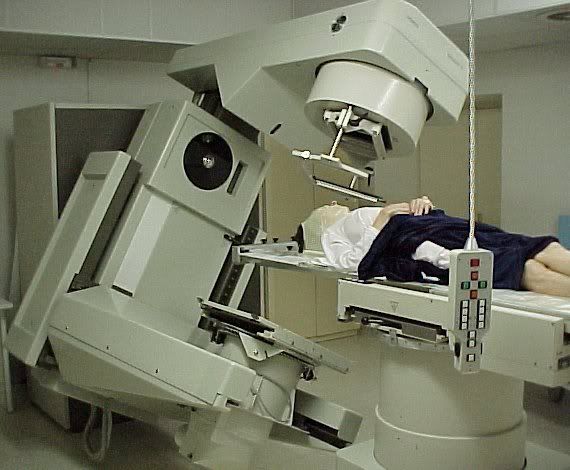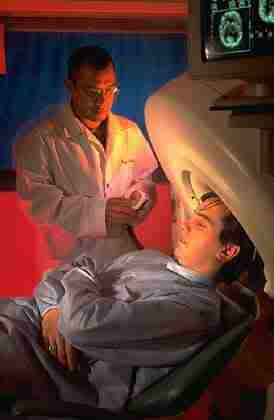Clinical implication of routine bacterial culture from epidural catheter tips in postoperative cancer patients.
Good quality epidural analgesia in the postoperative period may ease patient suffering, improve respiratory function, decrease peri-operative cardiac complications, improve well being of the patient and facilitate early ambulation as well as return of bowel function. However, these benefits are not without risks. In a survey of UK practice only 15% of patients undergoing abdominal surgery received epidural analgesia. An important factor limiting the use of epidural analgesia is uncertainty as to the risk–benefit balance associated with the technique.
Serious complications such as epidural abscess and meningitis have been reported. Quoted infection rates associated with epidural catheters vary from 0 to 0.7%. The commonest organisms isolated are Staphylococcus aureus and Streptococcus species. Potential sources of contamination include direct inoculation during catheter insertion, contaminated anaesthetic solution or syringes, bacterial migration along catheter tract and haematogenous spread. Risk factors associated with epidural catheter infections include immunosuppression, disruption of the spinal column, duration of catheterisation and source of infection.
Patients with malignancy have an increased risk of infection due to their immunocompromised state, poor nutritional status and concomitant chemotherapy and radiotherapy. However, there is no literature examining the incidence of epidural catheter infection in cancer patients.
Discussion
The incidence of positive epidural tip cultures in our study was 5.7%. Rates of 0% to 22% have been reported in the literature. None of the patients in our set-up developed an epidural space infection. The incidence of epidural space infection has been reported in various series as 0% to 0.06%. Kane et al. did not find a single case of epidural infection in a review of over 50 000 epidural anaesthetics. Dahlgren et al. also reported no cases of epidural abscess in more than 9000 epidural insertions. Of 17 372 epidural insertions evaluated in a national 1-year prospective survey in Denmark, nine cases of epidural abscess were reported, four of which were in patients with malignancy. Kindler et al. reported two cases of epidural abscess among 13 000 epidural procedures.
The most common organism identified in our study was S. aureus, followed by coagulase negative Staphylococcus. However, in a study by Darchy et al. the commonest organism found in intensive care unit patients receiving epidural analgesia was Staphylococcus epidermidis. In various studies, organisms infecting epidural catheters were S. aureus, S. epidermidis, Pseudomonas aeruginosa, coagulase negative Staphylococcus and Pyocyaneus.
There are several mechanisms by which epidural catheters may become infected. Contamination of the catheter by skin flora at the site of insertion is the most likely cause. Another mechanism might be infection introduced at the time of insertion due to inadequate sterile precautions. A third mechanism is haematogenous spread from an infected site or blood. Another route by which organisms can be introduced is through contaminated infusate.
Thoracic epidural catheters have been reported to have a higher rate of infection when compared to catheters sited at other levels. However, we did not find any such difference in our study. It is likely that patients who have undergone major thoracic or upper abdominal surgeries remain confined to bed for longer periods of time and hence have a greater growth of skin commensals, which may be reflected in higher positive culture rates. In our institute, good analgesia is provided and early mobilisation of patients is encouraged, and this may have been a factor in lower positive culture rates even in thoracic epidural catheters.
The rate of positive epidural catheter tip culture was 5.7% in our study, which is on the low side when compared to rates of up to 22% reported in the literature. This may be because strict attention is given to sterile barrier precautions at the time of insertion. Bacterial filters were used in all catheters. All patients were on antibiotics throughout the duration that the catheters were in situ, as it was the practice of the surgical department to start the patient on prophylactic antibiotics before skin incision.
Difficult insertions requiring several attempts have been thought to be associated with increased risk of infection, probably because a breakdown in aseptic technique is likely in such cases. It is also possible that there may be a higher incidence of extradural haematoma in such cases, which acts as a nidus for infection. However, only three of our patients required more than three attempts for insertion of the catheter. But this number is too small to draw any conclusions about infection, as the catheter tip cultures were negative in these cases. The incidence of permanent neurological complications following epidural anaesthesia has been reported to be 0–0.03% in several series. We did not find any case of permanent neurological complication in any of our patients. Transient motor weakness was noted in three patients, related to local anaesthetic bolus doses. The incidence of intrathecal or intravenous migration of epidural catheters has been reported to be 0.15–0.18%. We did not come across any intrathecal or intravenous migration.
Our study showed that rates of epidural catheter tip cultures in cancer patients are comparable to the general population, though cancer patients are presumed to be at a higher risk of infection due to poor nutritional status and immunocompromised status because of having received radiotherapy and chemotherapy. As in other studies, the presence of a positive tip culture is not a predictor of epidural space infection. Hence, we recommend that even in cancer patients, routine culture of epidural catheters is not advisable, provided strict asepsis is maintained at the time of insertion, and patients are constantly monitored for early signs of epidural space infection. We, however, acknowledge that our sample size is relatively small and these findings need to be corroborated by studies involving larger numbers of patients.




0 Comments:
Post a Comment
<< Home